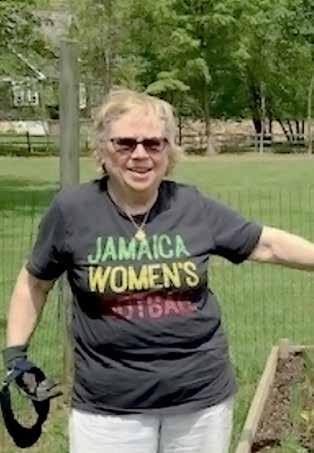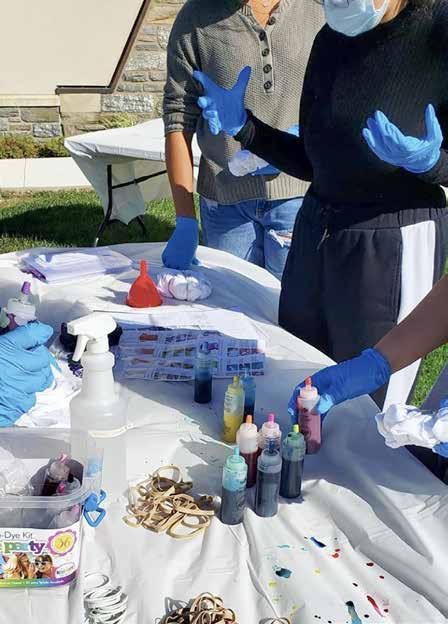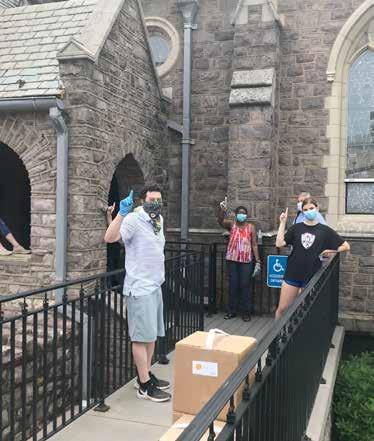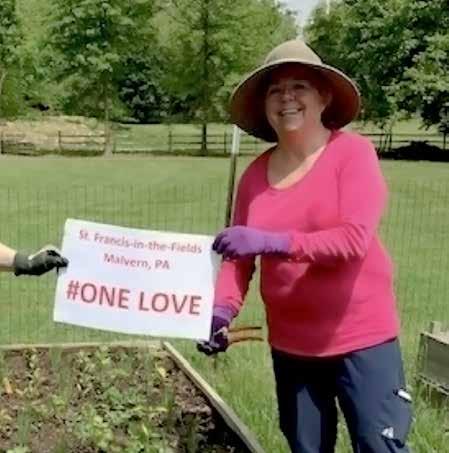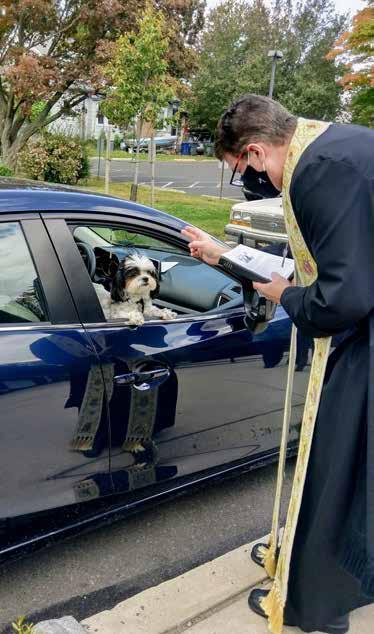
3 minute read
Unprecedented Response
In 2020, the diocese provided $1,050,077 in direct funding to churches for emergency aid and ministry development.
The COVID-19 global pandemic was a once-in-acentury public health crisis of almost unthinkable proportions. In spite of that, the diocese held the budget in 2021 to 2020 levels and did not increase sacred gift levels in order to assist our churches. While the doors of our churches were closed to all, we designated them as places of isolation and safe spaces for healthcare professionals needing respite.
Advertisement
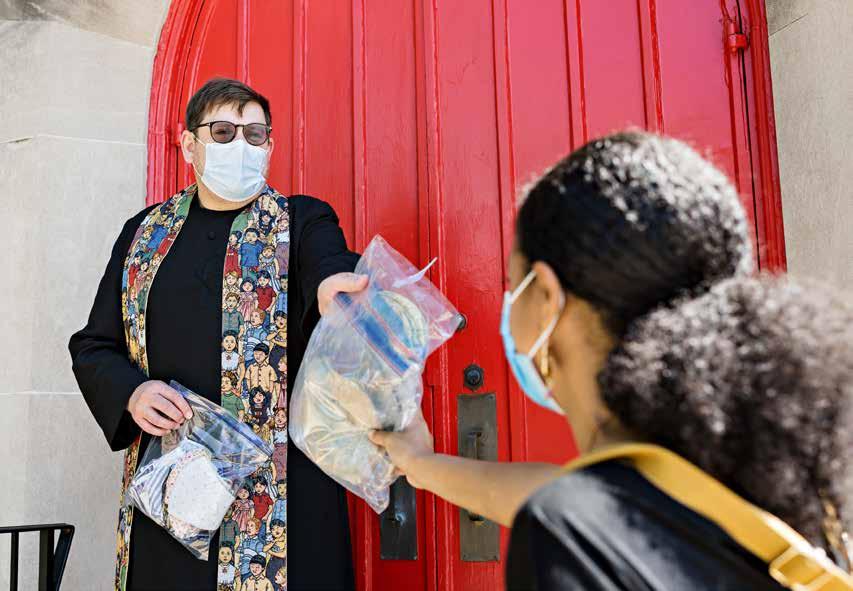
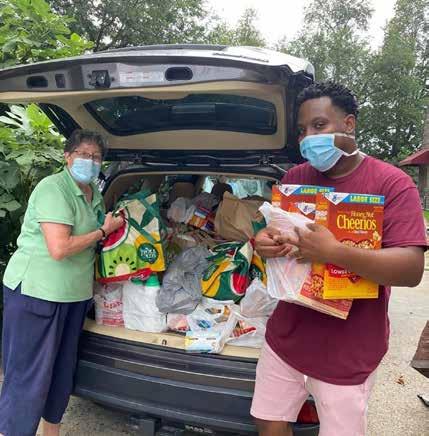
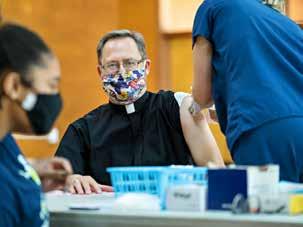
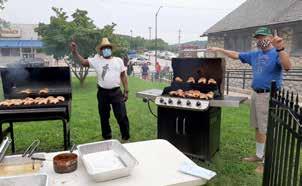
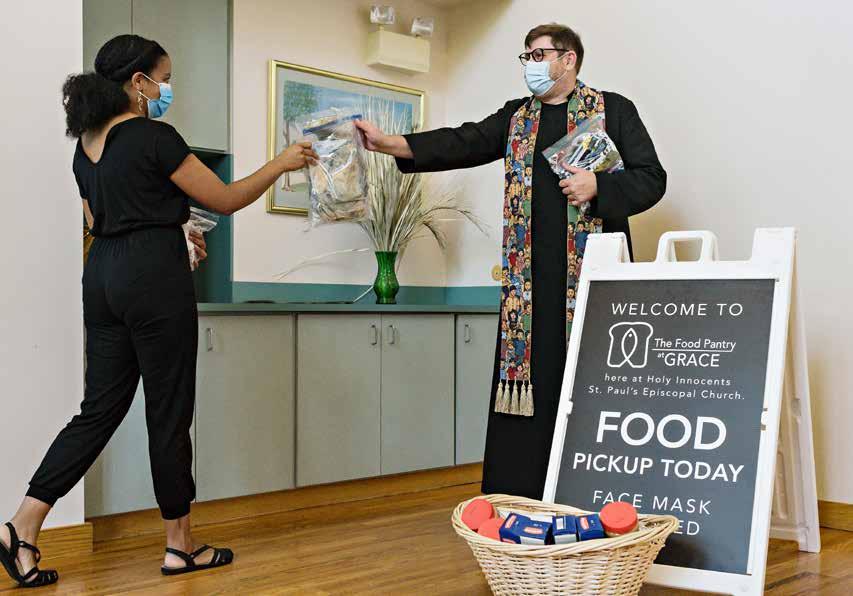
Approved emergency funding for churches.
Created Pandemic Crisis Assistance Program to assist parishes with reduced income or additional expense because of the crisis and distributed $358,000 to 22 parishes as of this printing. We were also proactive in creating a fund for 2021 for those churches who may have difficulty meeting their sacred gifts.
Providing 24/7 support and guidance.
The diocese set up a phone line for all who had questions during the pandemic. We were (and continue to be as of this writing) on regular calls with state and county officials on the safest approaches to worship. Those comprehensive protocols and updates - 40 of them - were created and sent to all on a regular basis. We reviewed individual church plans and created clear guidelines to allow vital outreach ministry to continue safely during the pandemic.
The Bishop led weekly calls with clergy, and staff made biweekly calls to churches without priests. Prior to the pandemic, the Bishop was offering “office hours” for clergy.
In addition, the Bishop created six teams of clergy to help guide others. The leader of each group was charged with working with a cohort of clergy in order to crowdsource and supply the best ideas - for liturgy, wellness, technology, prayer - that benefited everyone in the diocese during the pandemic.
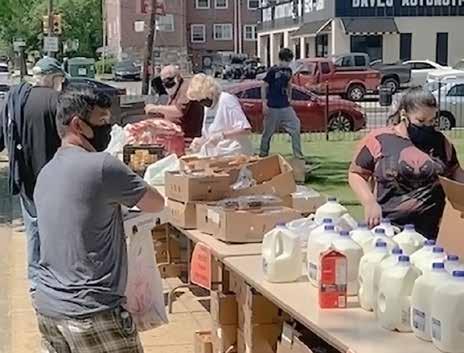
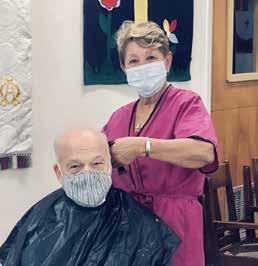
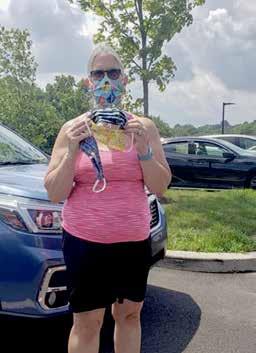
Produced Sunday services for television and social media.
Bishop Gutiérrez created a relationship with our local CBS affiliate to broadcast Sunday services, thus ensuring that everyone in our diocese had access to worship, even if they did not have internet technology. We did this for Lent, Easter, Advent and Christmas. This was in addition to offering noonday prayer, at first daily, as well as streaming our services on Facebook and YouTube before we created the One Love Channel. (See Becoming the Church of the Future, page 12.)
Creating content and planning tools for churches.
The diocese also provided sermons that clergy could use in their own services if they needed relief. Many clergy in the diocese volunteered their time to assist with this as well. We compiled Morning Prayer Books as a free resource to assist churches in worshipping remotely, distributing both hard copies and electronically.
As part of the Serviam Institute (See Becoming the Church of the Future, page 12), we organized and offered workshops to assist clergy and lay leaders in liturgy planning for Easter, Advent and Christmas, as well as virtual workshops on budgeting and parochial reports, and online Sunday School for churches. We offered specific guidance and support to diocesan music ministers; created a resource document for free to sliding-scale services during the pandemic -burial, counseling, medical; provided guidance for making services accessible for people with disabilities; and created Code Blue protocols.


